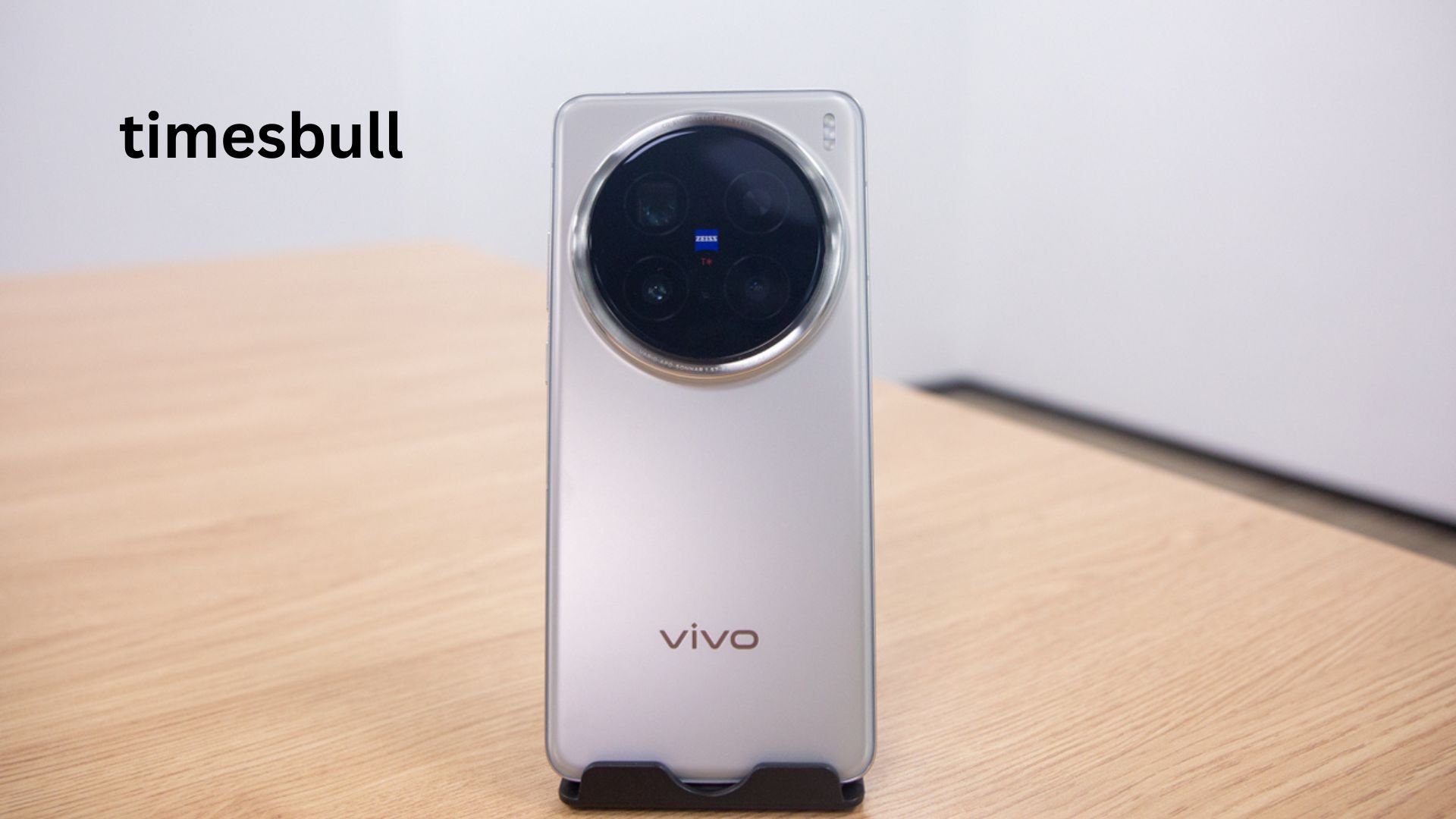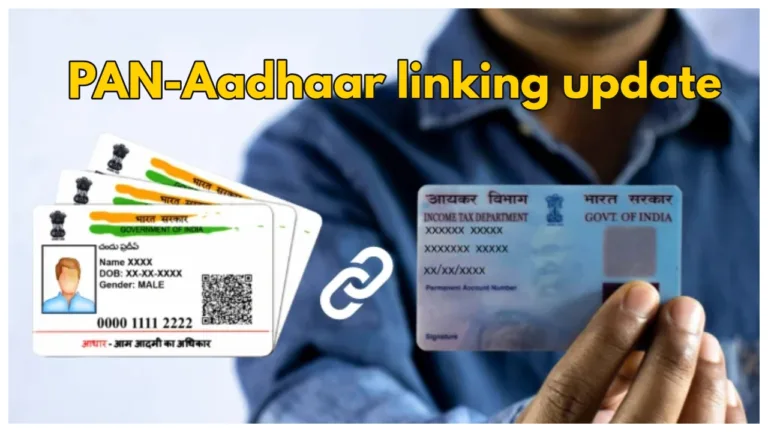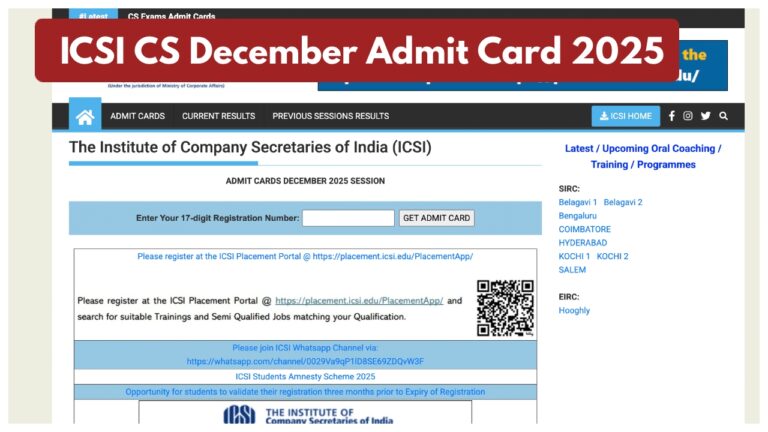The Vivo X200’s outstanding appearance, state-of-the-art specifications, and feature set tailored for power users attracted a lot of attention. It is certainly a remarkable smartphone, but it is by no means the sole high-end model. In actuality, there are a number of phones that can provide you with greater value at a comparable cost to the Vivo X200.
There are plenty of attractive options available, regardless of your preferences for ultra-high-end performance, excellent cameras, or just a decent flagship smartphone. We will outline the best 5 Vivo X200 substitutes here for your consideration.
OnePlus 13
It is among the top flagship smartphones available right now, and more significantly, it beats the Vivo X200 in a number of ways. With a slightly larger 6.82-inch screen and a higher resolution, the OnePlus 13 (full review) has a higher PPI (pixels per inch). Like the Vivo X200, it has a 120Hz OLED panel with a maximum brightness of 4500 nits. But with LTPO reliability, the OnePlus phone is a step higher. This provides an easy experience and allows for changing refresh rate for improved power saving.
Like the X200, the OnePlus phone has three 50MP rear cameras: a 50MP primary camera, a 50MP periscope telephoto lens with 3x optical zoom, and a 50MP ultrawide sensor. The front and rear cameras on both phones can capture 4K films, while the OnePlus 13 can also capture 8K video.
The Snapdragon 8 Elite (as opposed to the Vivo X200’s Dimensity 9400) powers the device. Although both are the most potent processors available from their respective manufacturers and are in close competition with one another in terms of performance, the OnePlus 13 performs marginally better than the Vivo X200 across a number of metrics. With the exception of the OnePlus 13’s quicker data transfer rate through a USB-C connector, they both share the identical set of connectivity features.
With a 6,000mAh battery, the OnePlus 13 outperforms the Vivo X200’s 5,800mAh in terms of running time between charges. One of the highlights of the OnePlus phone is its 100W fast wired charging. It also supports 10W reverse wireless charging and 50W wireless charging, which the Vivo phone does not.
Xiaomi 15
An outstanding flagship that is a fantastic substitute for the Vivo X200 is the Xiaomi 15 (complete review). Like the OnePlus 13, it is also powered by the Snapdragon 8 Elite, which outperforms the Vivo X200’s Dimensity 9400, especially in gaming.
The Xiaomi 15 is a small flagship phone with a 6.36-inch screen, in contrast to the Vivo X200. The Xiaomi phone has Dolby Vision and LTPO (for dynamic refresh rates), although both phones have AMOLED panels with a refresh rate of 120 Hz and compatibility for HDR10+. The Xiaomi 15 has a brightness of 3200 nits, which makes it easy to use outside, while the Vivo phone has a higher peak brightness.
A 50MP primary camera, a 50MP telephoto camera with 2.6x optical zoom, and a 50MP ultrawide camera are the three back cameras on the Xiaomi 15. shooter with 116-degree field of view. There’s a 32MP selfie snapper with 4K video recording capability. The rear cameras can record up to 8K videos.
With the exception of the Xiaomi phone’s better USB-C transfer speed and newer Bluetooth standard, there are not many differences in terms of connectivity. With typical use, its 5,240mAh battery should last for a day. You can quickly replenish it with 90W fast charging. It also supports 10W reverser wireless charging and 50W wireless charging.
iQOO 13
Another smartphone on the list with a Snapdragon 8 Elite processor is the iQOO 13. iQOO phones are typically better set up to attain maximum performance in addition to having a strong chipset. The iQOO 13 also has a strong construction and an IP68/IP69 rating, which guarantees that it can resist dust, debris, and high-pressure water jets.
The smartphone has a 32MP selfie camera with 4K video recording capabilities. A 50MP primary camera, a 50MP telephoto camera with a 2x optical zoom, and a 50MP ultrawide camera make up the triple camera arrangement on the rear. Up to 8K video recording is possible with it.
Realme GT 7 Pro
Once more, the Snapdragon 8 Elite-powered smartphone on the list means you will not have to worry about performance because you will be getting the greatest Android smartphone available. The Vivo X200 lacks the increased peak brightness and LTPO of its narrowingly larger AMOLED screen.
A 50MP primary camera, a 50MP telephoto camera with 3x optical zoom, and an 8MP ultrawide camera make up the triple camera configuration of the Realme GT 7 Pro (full review). Up to 8K video may be recorded with this combination, while up to 4K video can be recorded with the 16MP selfie camera.
The device has a 6,500mAh battery, but wait—this is for the international edition. A 5,800mAh battery powers the Indian device. But the charging speed remains constant at 120W, allowing the battery to be fully charged in around 40 minutes.
iPhone 15
Another good substitute for the Vivo X200 is the iPhone 15, but if you are familiar with iOS, that is a completely different story. This small flagship phone has a 6.1-inch Super Retina XDR OLED screen with a maximum brightness of 2000 nits and protection from Ceramic Shield Glass.
The device has two cameras on the back: a 12MP ultrawide and a 48MP main sensor. There is a 12MP selfie camera on the front. Up to 4K videos may be recorded from both sides with the iPhone 15. It has all the required connectivity technologies, such as GPS, NFC, Bluetooth 5.3, and Wi-Fi 6.
The smartphone’s 3,349mAh battery can be charged quickly with 20W using a USB-C connector. Half of the battery’s capacity may be refilled in around 30 minutes. The smartphone is also compatible with Qi2 wireless charging up to 15W and MagSafe.
In your perspective, which of the above smartphones is the greatest substitute for the Vivo X200? Leave a comment below with your opinions.










